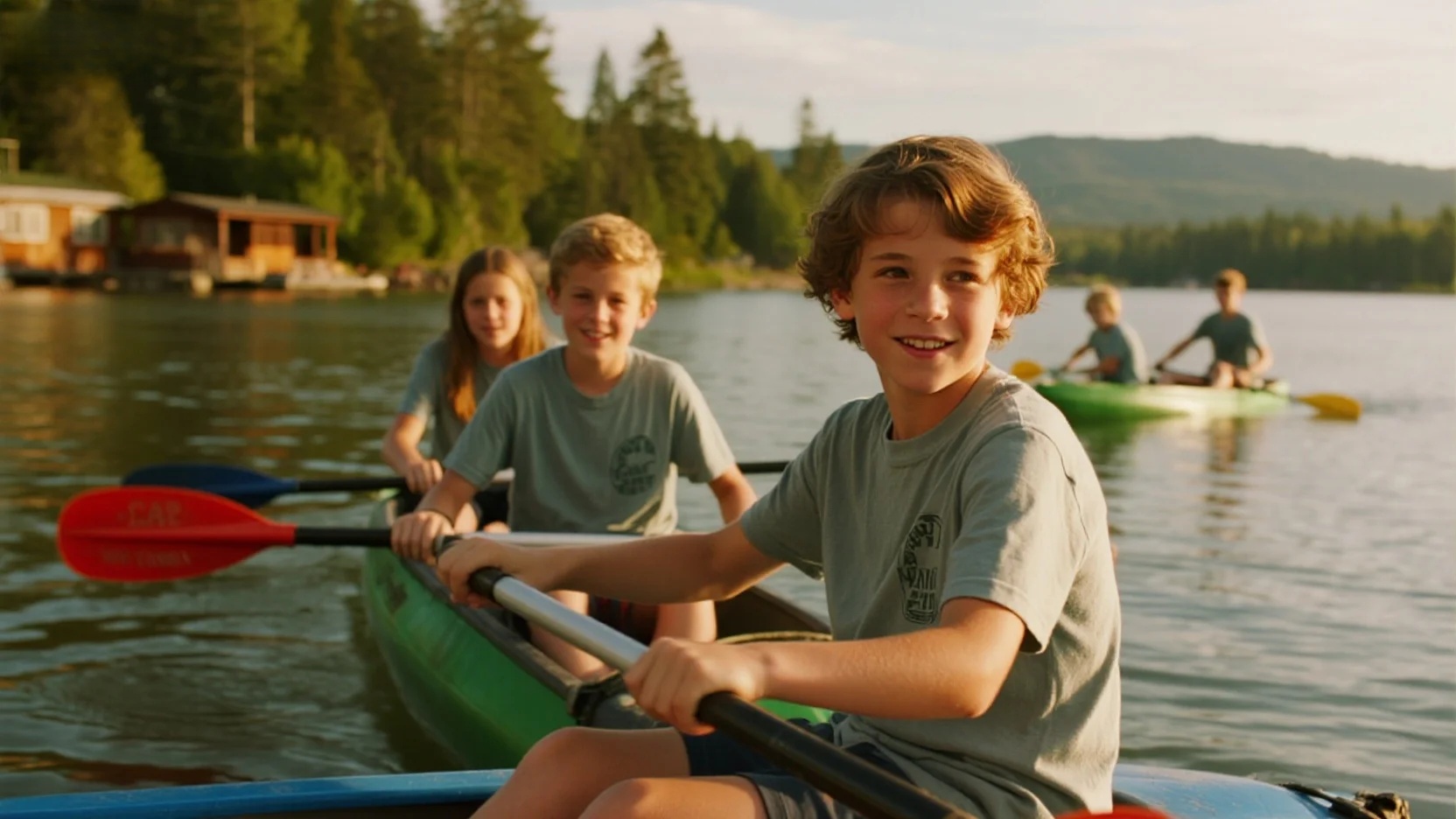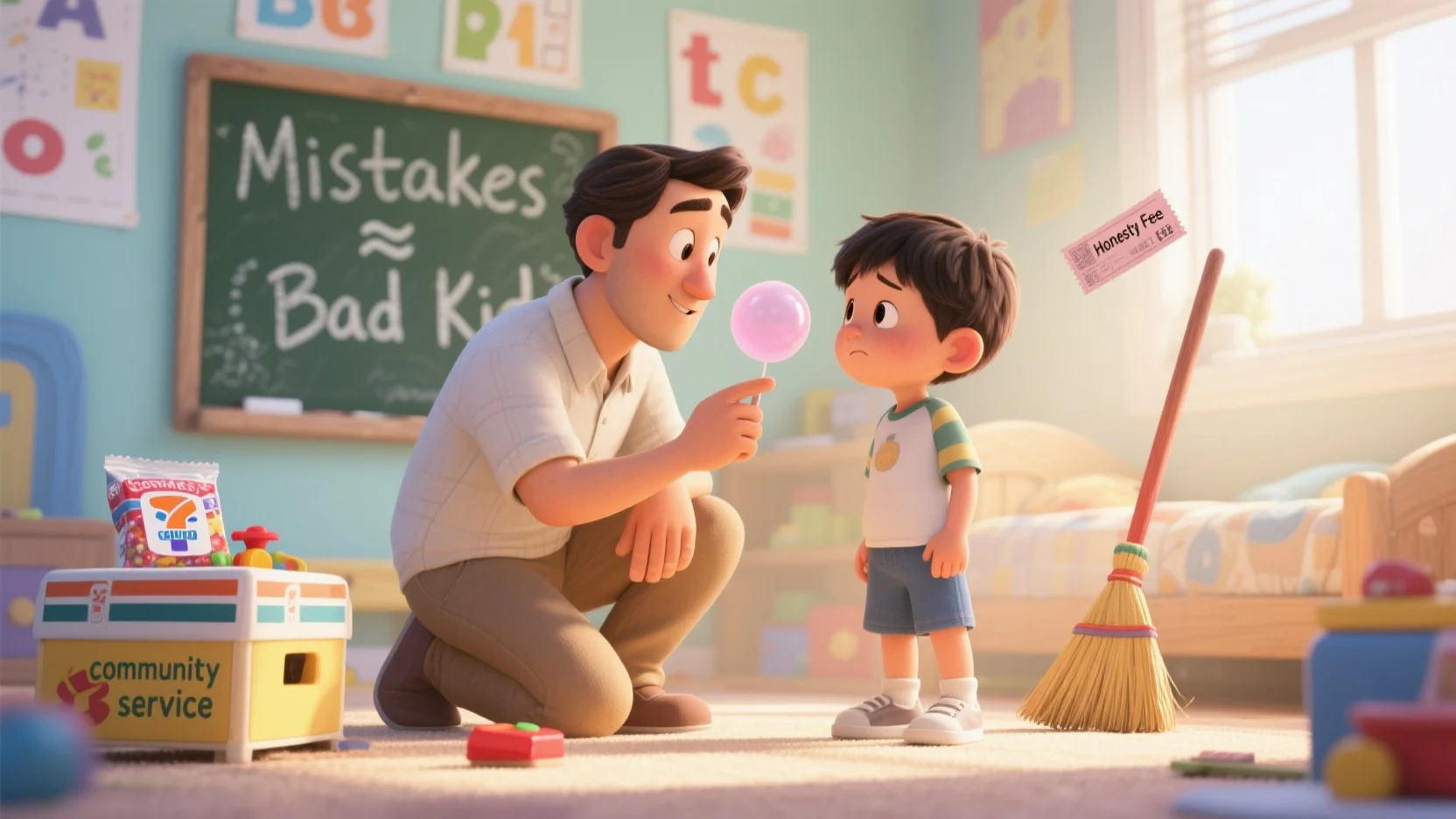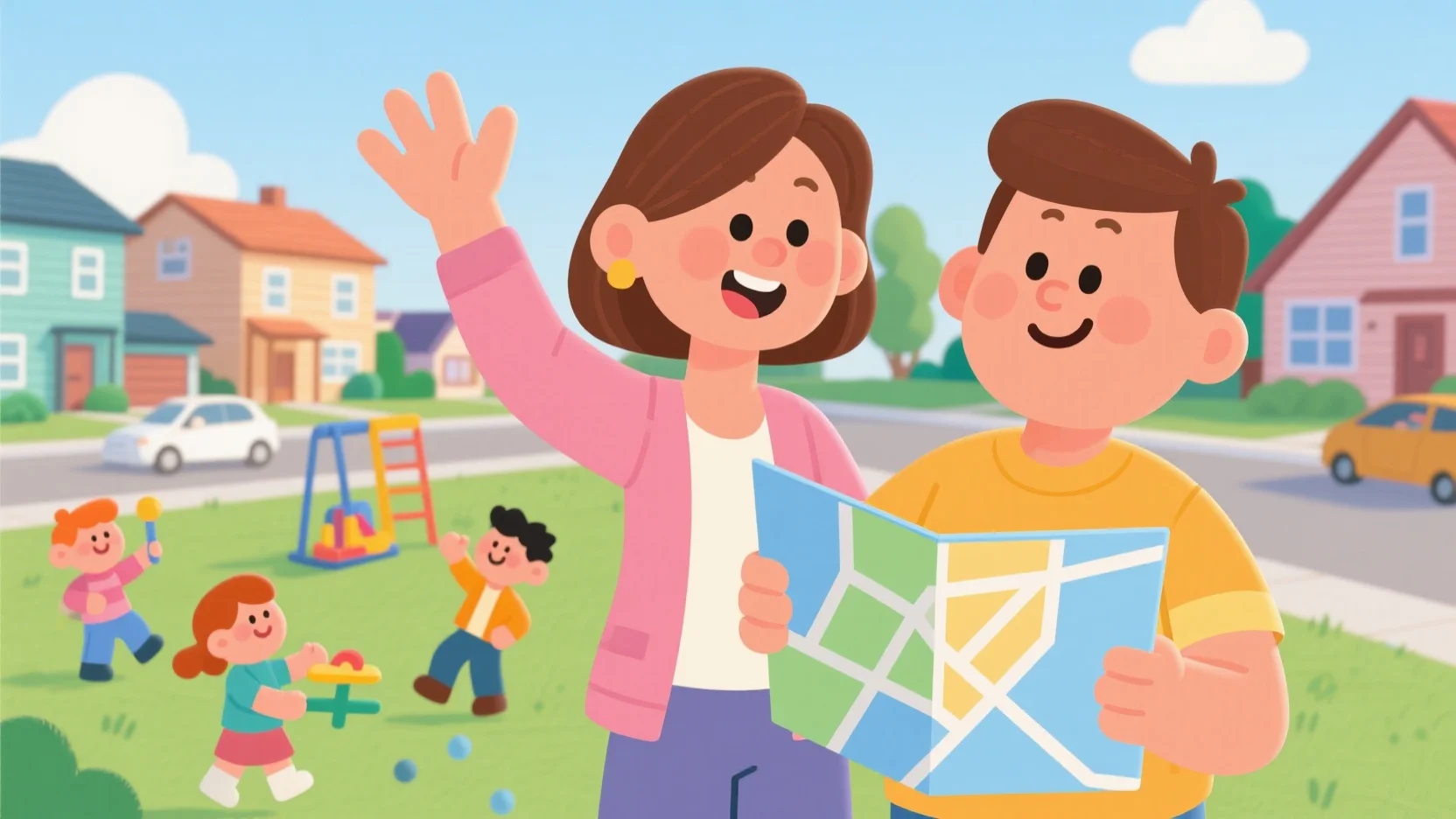When school doors close for the summer, many parents across the United States turn to summer camps to fill their children’s days with learning, socialization, and fun. But behind the cheerful images of campfires, swimming lessons, and art projects lies a growing concern: summer camp has become increasingly out of reach for many American families.
According to recent reporting, the average cost of a day camp ranges between $73 to $87 per day, while residential (overnight) camps can cost far more. That adds up quickly — a single week at a mid-range camp can easily exceed $400 to $600, not including transportation, meals, or add-ons. For families with multiple children, summer programming becomes an astronomical expense.
A Privilege, Not a Given
While summer camp has long been considered a middle-class staple, the affordability gap is now deepening. Wealthier families are enrolling their kids in specialized STEM camps, theater programs, and outdoor wilderness retreats — experiences that build confidence, expand worldviews, and nurture talents. Meanwhile, low-income children are often left without structured, enriching options.
A 2024 Pew Research report showed that only 28% of families earning under $50,000 enrolled a child in any form of summer programming, compared to 76% of families earning over $100,000. That’s not just a statistic — it’s a reflection of how opportunity is stratified by income.
The Educational Impact
The consequences go beyond mere boredom. Summer learning loss, sometimes called the “summer slide,” disproportionately affects children from low-income families who lack access to consistent educational experiences during breaks. Research shows these gaps can compound over time, contributing to long-term academic disparities.
In this context, summer camp is no longer just a seasonal perk — it’s a potential educational equalizer. Or, conversely, a missed opportunity for those who can’t afford it.
Rethinking Access: What Can Be Done?
To close this gap, communities, nonprofits, and governments are beginning to step in. Some promising approaches include:
- Sliding-scale tuition or scholarship programs offered by nonprofit camps and local parks departments
- Publicly funded summer enrichment grants, like those piloted in New York and California
- Community-led co-ops or “camp shares”, where parents take turns hosting activities
- Faith-based and YMCA programs, which often offer subsidized spots or donations for low-income families
But these solutions remain fragmented and heavily dependent on location. A coordinated national approach could dramatically increase access and ensure that no child is excluded from meaningful summer experiences simply because of their ZIP code.
A Call for Summer Equity
Summer should be a time of growth, exploration, and freedom — not financial anxiety. As we talk more about educational equity and the needs of working parents, it’s time to bring summer into that conversation.
If we truly want to build a society where all children can thrive, we must recognize that what happens outside the classroom matters just as much as what happens inside.
Want to Help?
Support or donate to your local summer camp scholarship program. Volunteer your time. Or advocate for publicly funded enrichment programs in your community.
Let’s make summer a season of opportunity for every child — not just those who can afford it.








